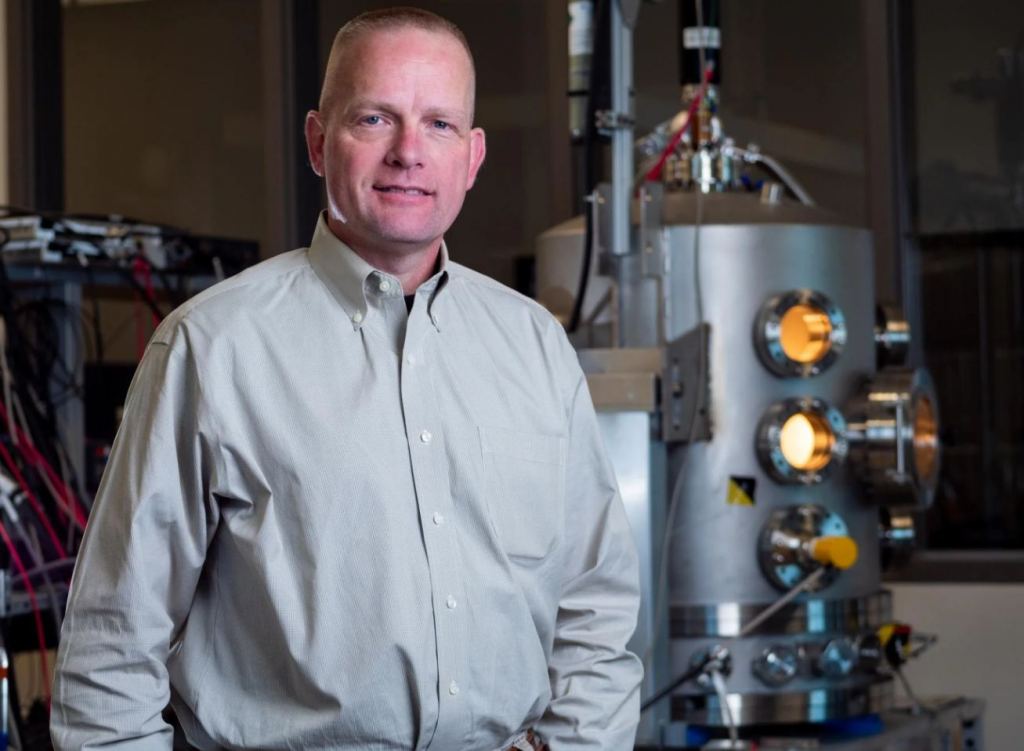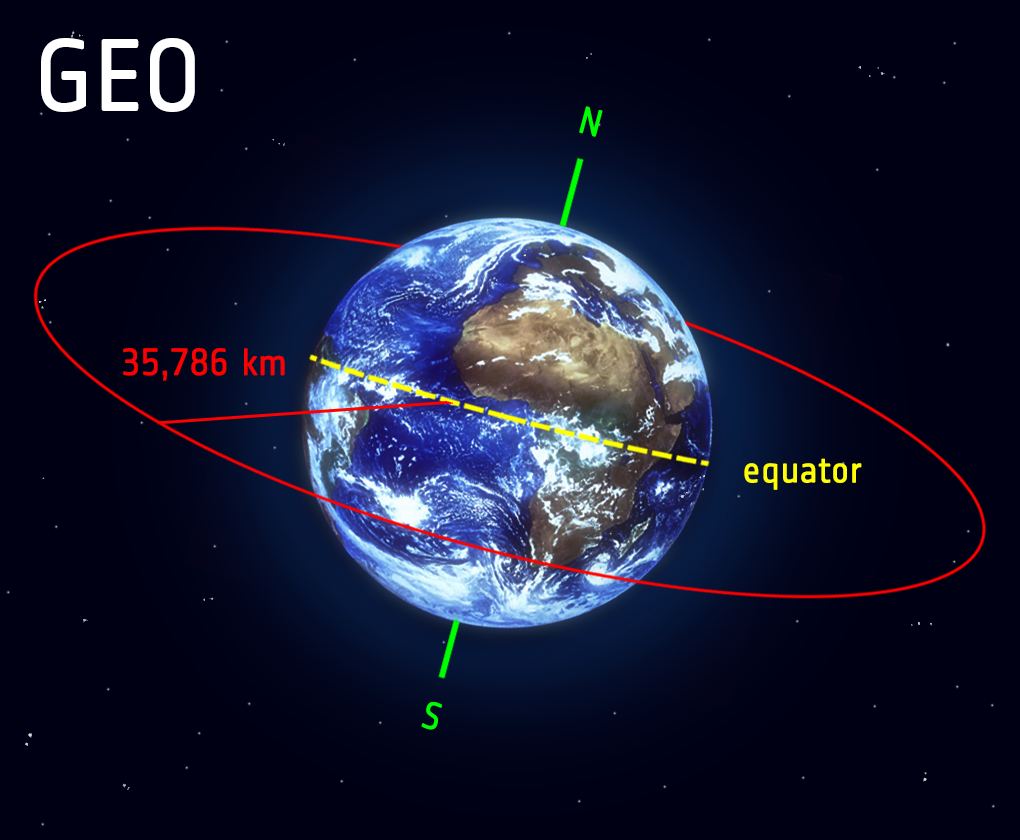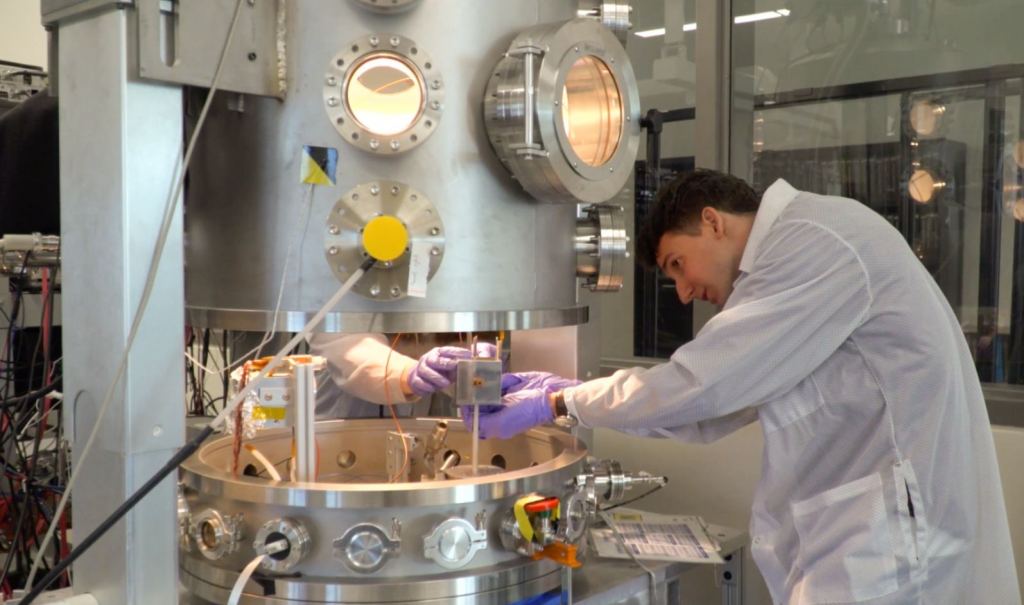Human technology is crossing another threshold. Tractor beams have been common in science fiction for decades. Now a team of researchers is working on a real-life tractor beam that could help us with our burgeoning space debris problem.
Space debris is made up of human-made objects in space that are now defunct. It ranges from complete satellites or spacecraft, to cast-off pieces like debris shields, all the way down to tiny pieces of those objects produced by collisions. Collision debris is the most numerous, and it has a tendency to multiply.
In 2009, a non-functioning Russian satellite collided with an Iridium satellite over the Siberian Peninsula. The collision produced over 1,800 pieces of debris that are now orbiting the Earth at high velocity. That's just one source of debris, and when scientists add up all the other debris, they conclude that there are over 25,000 pieces of debris orbiting Earth that are large enough to be measured. Estimates show that there are far larger numbers of objects too small to be tracked, including more than 128 million pieces of debris smaller than 1 cm (0.4 in). And these numbers will grow.
That constitutes a palpable hazard for functioning spacecraft. Even small pieces can cause damage because of their high velocities. In low-Earth orbit (LEO,) debris travels at about 25,250 kph (15,700 mph), according to NASA, so when two pieces both travelling that fast collide, the energy released is substantial. And satellites are not hardened targets.
"The problem with space debris is that once you have a collision, you're creating even more space debris."Julian Hammerl, doctoral student in aerospace engineering sciences at CU Boulder
Professor Hanspeter Schaub is leading a team of researchers at the University of Colorado, Boulder, who are working on a real-life tractor beam. It uses the electrostatic force to influence an object's motion. While a working model or prototype is a ways away, the researchers are creating a small vacuum chamber mimicking space in their lab. It's called the Electrostatic Charging Laboratory for Interactions between Plasma and Spacecraft (ECLIPS.)
The problem with space debris is that it will only get worse. Collisions between objects produce even more objects in a cascading effect. Even if we stopped launching things into orbit, the number of objects will keep growing.
"The problem with space debris is that once you have a collision, you're creating even more space debris," said Julian Hammerl, a doctoral student in aerospace engineering sciences at CU Boulder. "You have an increased likelihood of causing another collision, which will create even more debris. There's a cascade effect."
The only way to reduce collisions is to reduce the number of objects, and in recent years there's been a lot of thinking and research into how to reduce space debris and collisions.
A team from the Australian National University looked at using ground-based lasers to alter the trajectory of objects on a collision course. Both the ESA and China have used drag sails to hasten the de-orbiting of rocket boosters. And a UK company called RemoveDebris tested an interesting harpoon system for handling space debris.
But if Schaub's team can find an answer to space debris, it'll start in their little vacuum chamber. They're developing electron beams that can either be attractive or repulsive and could hopefully be used to change the trajectory of individual pieces of space debris. The small chamber is where they perform tests.
"We're creating an attractive or repulsive electrostatic force," said Schaub, chair of the Ann and H.J. Smead Department of Aerospace Engineering Sciences. "It's similar to the tractor beam you see in Star Trek, although not nearly as powerful."
Their potential solution could bypass one of the huge risks in mitigating the space debris problem: touching it. Contacting a piece of fast-moving, tumbling space debris could change its trajectory unintentionally, making the problem even worse. That could add to the cascading collision problem.
"Touching things in space is very dangerous. Objects are moving very fast and often unpredictably," said Kaylee Champion, a doctoral student working with Schaub. "This could open up a lot of safer avenues for servicing spacecraft."
Eventually, if their work bears fruit, the team envisions a fleet of small spacecraft orbiting Earth. The spacecraft would rendezvous with things like defunct satellites and then use either attractive or repulsive electron beams to alter its trajectory. It's all based on the Coulombe force.
Inside ECLIPS, the researchers recreate the space environment around Earth. That region isn't empty. Instead, it's full of plasma, charged atoms and free electrons. In recent experiments, Schaub and his team recreated a geosynchronous orbit (GEO) environment in their chamber. GEO is much higher than low-Earth orbit (LEO.) LEO is a region extending to about 2,000 km (1,200 mi) above Earth's surface, whereas GEO begins about 34,000 km (22,000 mi) above the Earth's surface.
GEO is where the big boys play. Up there, we find satellites as large as school buses, dedicated to military and telecommunication applications. "GEO is like the Bel Air of space," Schaub said, comparing it to the high-rent neighbourhood in Los Angeles.
But like Earthly Bel-Air, orbital Bel-Air only has so many addresses, and they're filling up quickly. Engineers estimate there are about 180 orbital slots up there that can hold satellites. All 180 or either already filled or have been claimed. The UN's International Telecommunications Union allocates the slots on a first-come, first-served basis.
The problem is that some of those slots are occupied by defunct satellites, and those slots are in high demand. According to Schaub, tractor beams could safely remove defunct satellites and clear the slot for another functioning satellite, and it's based on a fairly simple principle that we all come across when we're kids.
Everybody remembers rubbing a balloon on their hair and then sticking it to the wall. The rubbing creates a static charge by moving electrons from one object to the other. Then the two objects, the balloon and the wall, have different charges. The stationary wall holds the mobile balloon in place. For a while, anyway.
Schaub's team sees it working this way: the spacecraft with the tractor beam would approach a defunct satellite to a distance of about 15 to 25 meters (49 to 89 feet.) Then the spacecraft would fire a stream of electrons at it. The electrons give the spacecraft a negative charge, and the servicing spacecraft would be more positively charged.
Every kid that's played with magnets knows opposites attract. And once the servicing spacecraft and the defunct satellite have opposite charges, they're attracted to one another. This creates what Schaub and his team call a 'virtual tether.'
"With that attractive force, you can essentially tug away the debris without ever touching it," Hammerl said. "It acts like what we call a virtual tether."
The team's experiments in ECLIPS show it could work. So do computer models. Schaub's work shows that their space-tug idea, the Geosynchronous Large Debris Reorbiter (GLiDeR,) could move a spacecraft weighing 1000 kg a distance of 320 km (200 miles) in two or three months. The dead spacecraft would be evicted from orbital Bel-Air and placed into a Graveyard Orbit. That's not fast, but it doesn't need to be fast. It just needs to work to start solving the problem and freeing up orbital slots in GEO.
It could work, but a lot of details need to be worked out.
Defunct satellites aren't moving in a uniform fashion in GEO. Instead, they're tumbling around wildly, and this invites a serious challenge. But Schaub's team thinks they may be on to a solution.
Their experiments show that a pulsed beam fired in a rhythm can calm down the wild tumbling. Once it's calm, it's easier to deal with. Not only could it be directed into a different orbit, but the beam could even be used to calm spacecraft so a repair vehicle could dock with them, or refuel them. Tricky, but not forever impossible.
Earth's orbit is crowded with debris, and it's only getting worse. It needs a remedy. But Schaub and his team are also looking to the future. The cislunar space between the Earth and the Moon is likely to see the same problem arise, and rather than wait, it would be good to have a solution ready before the region gets too active.
But, there's a huge problem: The Sun.
The plasma environment around Earth is much different than it is nearer the Sun. The Sun emits a constant stream of plasma called the Solar Wind. Sometimes vast blobs of plasma burst free of the Sun's embrace, too.
This video from NASA's Solar Dynamics Observatory spacecraft, orbiting more than 20,000 miles above Earth, shows a stream of plasma burst out from the sun on May 27, 2014. Since the stream lacked enough force to break away, most of it fell back into the sun. The video, seen in a combination of two wavelengths of extreme ultraviolet light, covers a little over two hours. This eruption was minor, and such events occur almost every day on the sun and suggest the kind of dynamic activity being driven by powerful magnetic forces near the sun's surface. Credit: NASA/SDOThe closer to the Sun you go, the more unpredictable the plasma environment is. In cis-lunar space, things can get wild and woolly. As a vehicle travels through the plasma, it can create a kind of wake, similar to a boat moving through water. If you've sat on the shoreline while a large vessel passes by, you know what it's like. A large enough vessel can imperil a smaller vessel with its turbulence and wake.
Since the 'wake' is in plasma, it could disrupt the function of an electron beam.
"That's what makes this technology so challenging," Champion said. "You have completely different plasma environments in low-Earth orbit, versus geosynchronous orbit versus around the moon. You have to deal with that."
The team has developed an ion gun that they've used inside ECLIPS to deal with the Sun's disruptive plasma. It creates its own stream of fast-moving ions. It could be used to shape the plasma region where the spacecraft is operating and counteract the Sun's effect.
We'll soon need a solution similar to what the team is working on in their ECLIPS chamber. The Artemis effort to build a presence on the Moon will mean that cislunar space will develop its own space debris problem. Champion hopes that the work her team is doing can help deal with that problem before it gets started and that it can be a part of the effort to get not only to the Moon but to Mars.
"Once we put people back on the moon, that's a stepping stone to travelling to Mars," Champion said.
The team is also examining the idea of using UV lasers as a replacement for electron beams. UV lasers aren't sensitive to the electrostatic environment the same way electron beams are. This would lead to more controllable systems nearer the Sun, the researchers say, and the lasers could be combined with electron beams to achieve even greater flexibility and results.
So can we add tractor beams to the list of things that make the leap from science fiction to reality? Maybe, but not yet. If they can attract the necessary funding, a prototype electrostatic tractor could be launched into space in five to ten years, Schaub says.
"The exciting thing about this technology is that the same servicing craft could move two or three or even dozens of objects during its lifetime. That brings your cost way down," Schaub said. "No one wants to spend a billion dollars to move trash."
 Universe Today
Universe Today




